Yesterday’s announcements at the Apple Worldwide Developer Conference (WWDC) keynote address were remarkable in one aspect: unlike past years, there were absolutely no hardware announcements of any sort. That flew in the face of expectations; many in the Apple blogosphere expected a new iPhone SE, speed bumps in the existing laptop line, and so on. The absence of those hardware announcements signaled to those watching and in attendance that this year’s WWDC is all about the software — something that Tim Cook made clear in the first few minutes of the event. For a rundown on all of the announcements that were made during the two-hour keynote, be sure to check out the live blog.
More WWDC 2018 Coverage:
- A Complete List of Mojave Compatible Macs
- Get Apple macOS Mojave and iOS 12 Wallpapers Right Now!
- Here are all iOS 12-Compatible Devices
- View Your 32-Bit Apps That Will Lose Support with macOS Mojave
- Prep your Mac’s performance for Mojave with My Upgrades
iOS 12
The announcements around the next iteration of iOS — iOS 12 — pointed out that Apple has listened to both developers and customers. For the past year, there have been many pointed articles online asking Apple to “take a breather” from adding sometimes questionable new features and to focus instead on both fixing bugs and improving performance.
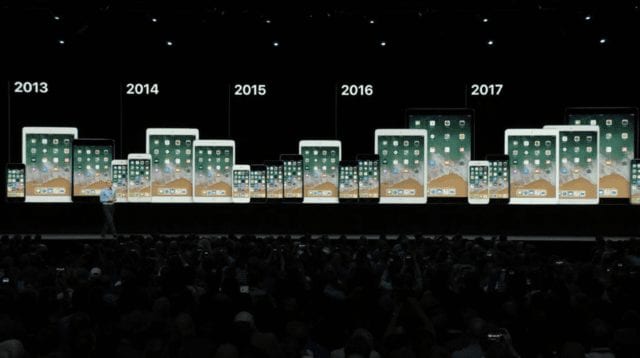
Right off the bat, Apple Senior Vice President of Software Engineering Craig Federighi made it clear that iOS 12 is going to focus on performance, even on older devices that are up to five years old (see screenshot from the event, above). This should point out to critics of the company that Apple isn’t all about planned obsolescence — instead, many of the older iPhones and iPads will receive the most benefit of the operating system’s optimization.
Everything receives a performance boost, whether it’s app launching (40% faster), bringing up the on-screen keyboard (50% faster), or even launching the Camera app from the lock screen (70% faster). Apple isn’t sacrificing battery life in the quest to get that better performance; Federighi noted how they can tweak the performance of Apple’s A-series system-on-chip to bump up performance immediately, then slow back down to save power (see image below).

Apple’s foray into augmented reality (AR) has had a slow start despite being headlined at several WWDC keynotes in the past. One announcement that might finally start the move into an AR-friendly world is that Apple and Pixar got together and created the USDZ file format, allowing augmented reality worlds and content to be shared between people. This, added to the announcement that Adobe is “all in” on AR development (see image below) and will have a new iOS app available for designing and editing AR content as well as add USDZ to existing Creative Cloud apps, shows that the tools to create the content that users may want are now in place.
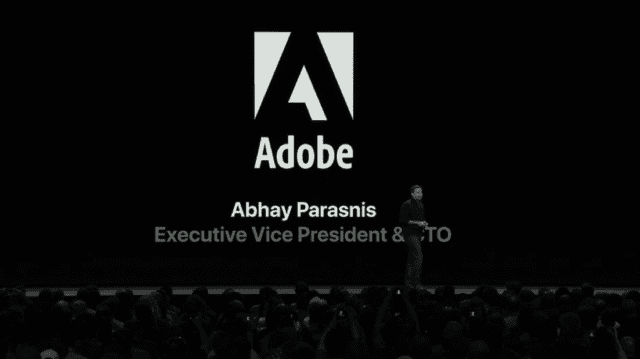
Apple is adding a new AR app called “Measure” to iOS 12 that serves as a tape measure. A number of poorly-implemented apps that performed a similar task were released shortly after iOS 11 came out; hopefully Measure can be a useful tool.
iOS 12 also gets a number of improvements to existing apps. Apple is promising improved search capabilities in the Photos app, making search suggestions, allowing searches on multiple search terms (like “green car”, for example), and even add time and location based events. An example of the latter would be to search for “pictures taken at the Cubs game last September”. A new “For You” screen adds memories, featured photos from the same day in past years, and even suggests how to add effects to certain photos to make them more dramatic.
Taking a photo of a group of people that you’ve identified will now suggest that you share that photo with those people. Once you’ve shared a photo with the group, their photos of the same event can be shared back to the rest of the members of the group. What a great way to get a different view of an event you attended!
It appears that Apple has merged some of the features of its Workflow iOS automation app with Siri, creating what’s called Siri Shortcuts. Any app can now expose certain short options to Siri, asking if you wish to add a shortcut to Siri (see screenshot below). The new Shortcuts app allows users to chain together Siri functions into one query. As an example, Federighi showed how a surfing app, a weather app, Apple Maps directions, and Reminders could all be combined into one query like “Surf report”, which would display surf and weather conditions at a favorite beach, show how long it will take to get to the beach, and even remind the user to put on sunscreen when she reaches the beach.
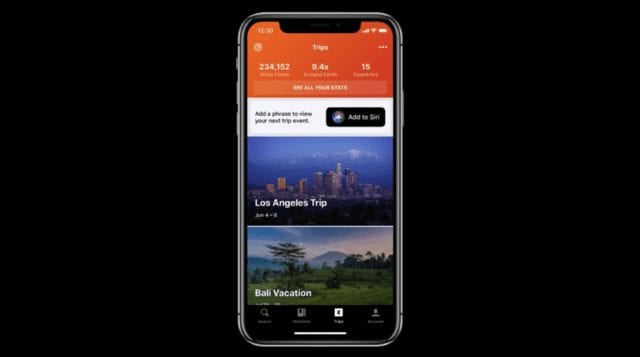
While Siri still doesn’t have the breadth of smarts of competing AI products, Shortcuts will add depth to search results by bringing in information from more than one source.
At one point later in the presentation, Federighi noted that Apple will absolutely not be merging iOS and macOS. However, the company will make it much easier for iOS developers to make products that can also be ported to Mac. The company is using this process to bring News, Stocks, and Voice Memos from iOS to the Mac platform for the first time, and this bodes well for the future of cross-platform apps.
On a fun note, Memoji in iOS 12 are going to be a blast. Instead of using animoji to send “talking messages” to friends, you can make a moving emoji of yourself! This was one of the most talked-about presentations at the keynote, and it could be the “killer app” for getting more people to move to the iPhone X and future iPhone models with the TrueDepth camera.
Apple also took aim at business video conferencing with Group FaceTime. This is something that Apple users have desired since FaceTime first appeared. Group FaceTime allows up to 32 people to be in a meeting at a time, and of course it’s quite important that you can be replaced by a memoji in a conference…
watchOS 5
The Apple Watch is hot; I’m honestly amazed with how many of the devices I see these days. Tim Cook noted that Apple Watch sales grew by 60% in 2017, much greater than estimates we’ve heard from Wall Street analysts. Apple is focusing the Watch on two primary functions; activity tracking and communications.
In the realm of activity tracking, Apple is making the Watch easier to use in watchOS 5 by adding new activity types (hiking and yoga, for example), and adding information like a rolling mile pace to what runners see. Since it can also be difficult sometimes to remember to start or stop a workout, watchOS 5 can actually do that for a user by noting the rapid change in heart rate, motion and so on (see screenshot below).
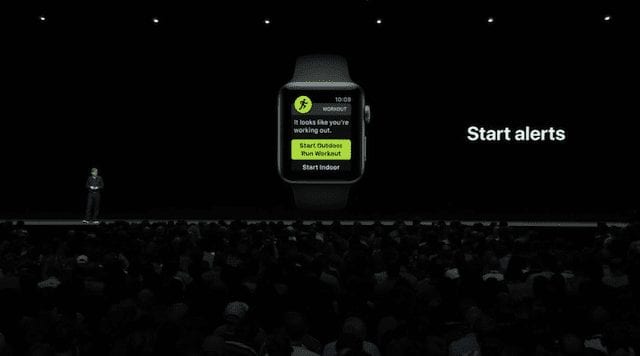
One feature that caught everyone’s attention was the Walkie-Talkie feature, essentially a press-to-talk phone service. This could make the Apple Watch as indispensable in some businesses as the old Nextel push-to-talk phones were, by eliminating the need to call someone just to tell them something. Just push and hold a talk button on the Watch face, and you’ve sent a voice message to someone.
Apple’s quest to make the Watch easier to use extends to Siri; no longer will invoking Siri involve saying “Hey, Siri” — just raising the Watch as if you were going to look at it normally “wakes” the Watch, now it will also listen for commands. Ease of use also extends to being able to interact to notifications in watchOS 5. One example of this was getting a confirmation request for a Yelp restaurant reservation; not only can a user confirm a reservation, but also change the number of people in the party. This previously required opening the Yelp app, now it can all be done with a few taps on the Watch face.
Finally, the power of Siri Shortcuts extends to watchOS 5 as well. I can see custom shortcuts that I’ve put together for a particular purpose being more useful on the Watch than on my iPhone.
Apple TV and tvOS 12
Apple TV is another stealthy growth area for Apple. The company pointed at a 50% year-over-year growth rate in sales, primarily built upon the features of the Apple TV 4K. No other streaming device has the credentials of the Apple TV 4K, which already boasts 4K high dynamic range (HDR) and Dolby Vision compatible video, but also gets Dolby Atmos audio added to it in tvOS 12.
It’s apparent that Apple’s also starting to make inroads into killing off the set-top boxes so beloved of cable companies. Apple announced that Charter Spectrum in the US will be offering Apple TV as a “cable box” of sorts later this year, exposing up to 50 million American homes to that device. Overseas, CANAL + in France and SALT in Switzerland are both going with Apple TV as a cable box replacement.
Apple is all about making consumer electronics easy to use, and that fact was driven home again with the announcement of Zero Sign On. If someone uses a tvOS 12-equipped Apple TV for streaming video and they get their channels from the same internet service provider, Zero Sign On automatically provides the user with access to the channels they’re subscribing to, with no sign on or password required. It doesn’t get much easier than that.
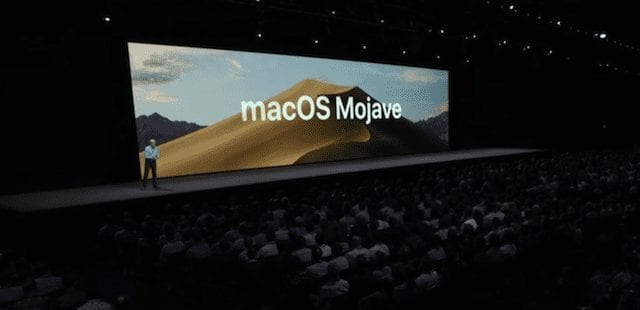
macOS Mojave
Well, at least we got one prediction correct — Mojave was on the short list of macOS names we presented. And as we surmised, Apple is bringing the Home app for controlling HomeKit home automation devices to the Mac platform. That, along with a revised Mac App Store announcement and tools allowing iOS developers to more easily port their apps to macOS, all point to a much rosier future for Apple’s desktop and laptop computers.
Macs are selling quite well thanks to the halo effect of the iPhone and iPad. Bringing other iOS apps to the Mac platform, such as Stocks, Apple News, and Voice Memos, adds to that cross-platform love — if someone really likes their iPhone for a specific Apple app, they’ll opt for a Mac over a Windows or Chrome device if that same app is on the Mac.
It’s obvious that Apple is courting more developers to get their apps into the Mac App Store, as some notable devs including Apple and Bare Bones Software have all decided that it’s a good idea to see through the store. Apple’s making it much easier for consumers to browse the Mac App Store, and browsing is often the first step toward purchasing an app.
Almost lost in the presentation was assurance that Apple is finally bringing Apple File System (APFS) to Fusion Drives and hard disks. This was originally promised for macOS High Sierra, but was delayed until this year.
The Bottom Line
We’ll have to wait for other Apple events to see new Macs, iPads, iPhones, and Watches. None of these devices are useful without a strong, fast and flexible operating system, and Apple’s announcements yesterday showed that the company is truly committed toward keeping the entire Apple ecosystem moving forward. It all boils down to Apple’s commitment to its roots — making technology accessible and usable by anyone.
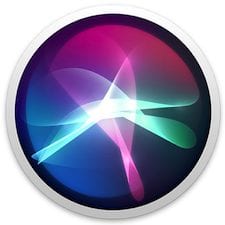

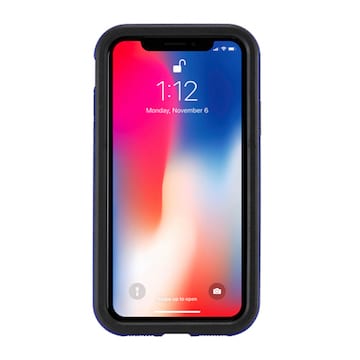
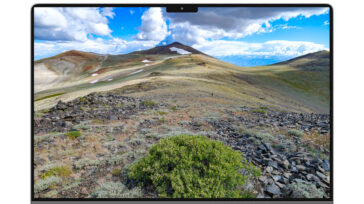

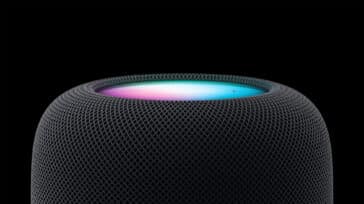
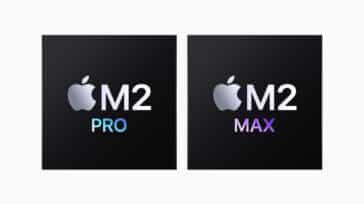


Hopefully, soon also DiskWarrior to rebuild directory of APFS disks. Then it will be the time to move to High Sierra or Mojave.
I like all the new stuff announced at WWDC2018. My sadness comes from the fact that I have to buy a new Apple Watch if I want the new watch OS. I have the original watch. Only sadness because I have to put out the money, I’m not sad about getting the newer watch–faster & better battery life. Chances are I’ll have to just give my old watch to my son or grandson as I’m not sure anyone will want to buy it….except if they could get it for $25, but why would I bother do that.